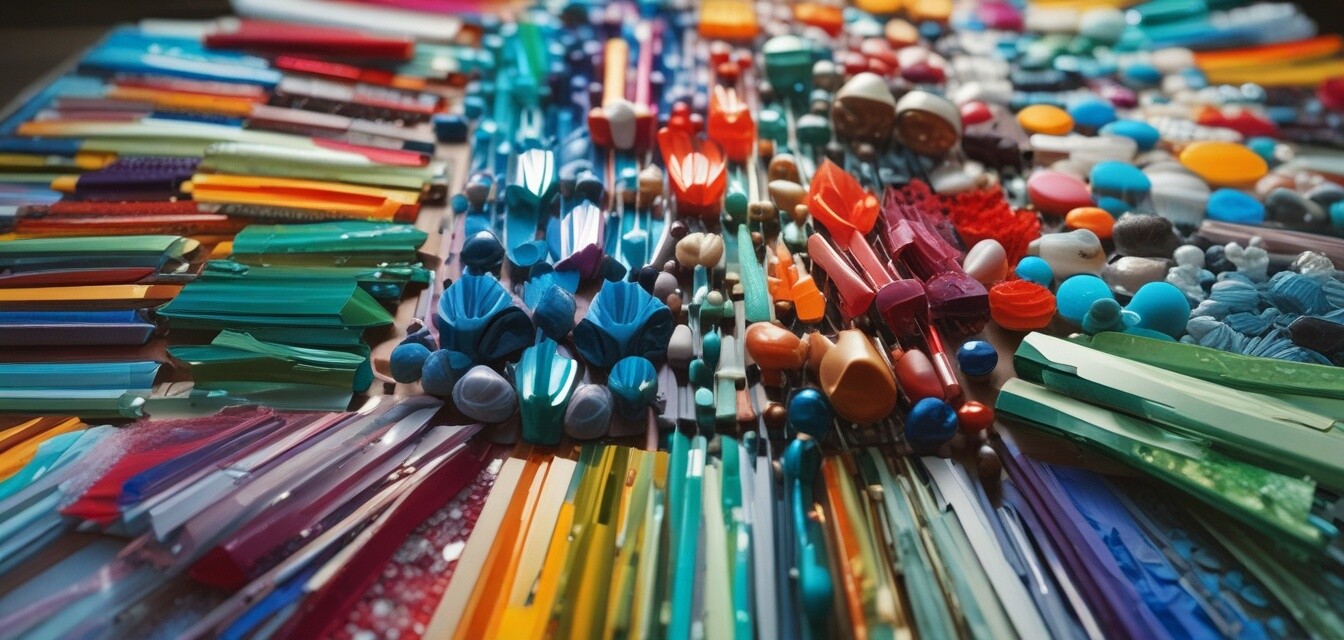
A Beginner's Guide to Specialty Glass Types
Key Takeaways
- Specialty glasses have unique properties suited for specific artistic applications.
- Choosing the right type of glass can enhance your creativity in glass making.
- Understanding glass types such as float, kiln, and stained glass is essential for artists.
- Project kits often incorporate various specialty glass types for optimal results.
- Explore various finishes and colors to elevate your artworks.
Welcome to the fascinating world of specialty glass types! As a glass artist, understanding the unique properties and applications of different glasses can significantly enhance your creativity and skill level in your projects. This guide will introduce you to various specialty glass types, explain their special characteristics, and provide insight into their best applications in glass making.
What are specialty glass types?
Specialty glass types refer to uniquely formulated glass variants that possess specific qualities catering to various artistic or functional purposes. These glasses are designed to provide enhanced performance, aesthetics, and durability in glass-making projects. Understanding the different types will help you make well-informed choices for your creations.
Popular types of specialty glass
| Glass Type | Properties | Best Applications |
|---|---|---|
| Float Glass | High clarity, smooth surface, and consistent thickness | Windows, glass art panels, and mirrors |
| Stained Glass | Transparent and opaque color options, often used with lead | Windows, lampshades, and decorative panels |
| Fused Glass | Can be combined with other glass types, available in sheets | Jewelry, art pieces, and functional ware |
| Mirror Glass | Reflective surface, usually produced with a silver backing | Mirrors, decorative tiles, and art pieces |
| Art Glass | Unique colors and effects, often handmade | Sculptures, vases, and custom art pieces |
| Colored Glass | Available in many colors, opaque or translucent | Decorative art, windows, and architectural designs |
Understanding glass colors and finishes
Colors and finishes play a vital role in the appeal of your glass pieces. Here are a few considerations:
- Transparent vs. Opaque: Transparent glasses allow light to pass through, while opaque glasses can provide solid color without visibility.
- Textured vs. Smooth: Textured glasses can add visual interest and depth to your work, while smooth surfaces enable clean lines and clarity.
- Opalescent and Iridescent: These types of glasses change color depending on the angle of light, adding dynamic effects to your projects.
Choosing the right specialty glass for your projects
When selecting specialty glass types for your projects, consider the following tips:
Tips for Beginners
- Start with a project kit that includes various glass types to familiarize yourself with their characteristics.
- Experiment with different colors and finishes to determine which combinations work best for your artistic style.
- Consider functional elements - some glass types are more durable than others, making them suitable for daily-use items.
- Don't hesitate to ask for samples or guidance at your local glass supply store.
Explore glass making supplies
To dive deeper into your glass-making journey, you'll want to explore various supplies and tools. Check out our offers on colored glass sheets, frit, rods, and other essential materials that will allow you to create stunning glass art. Additionally, our glass kilns will ensure you have the right equipment for effectively fusing and shaping your projects.
Conclusion
Mastering specialty glass types opens up a world of creative possibilities in glass making. By understanding unique properties, selecting the right materials, and experimenting with different techniques, you'll elevate your artistic endeavors to new heights. Remember to always be curious and open to exploring the rich potential of glass!
Pros
- Wide variety of colors and effects available
- Durability and longevity of glass creations
- Ability to create both functional and artistic pieces
Cons
- Initial investment in specialty glass can be high
- Requires proper handling to avoid breakage
- Learning curve associated with certain techniques

